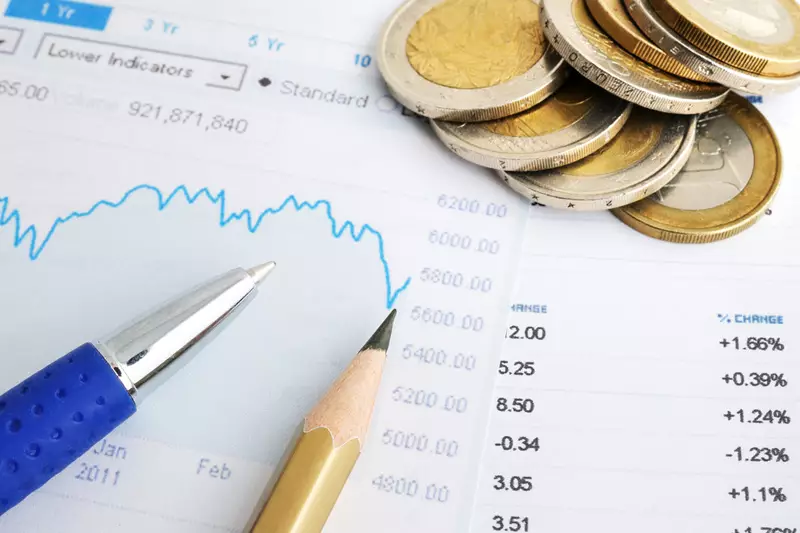The recent surge in the U.S. dollar comes amidst the uncertainty surrounding U.S. interest rates and escalating tensions in the Middle East. Last week, the dollar saw a significant 1.6% increase against a basket of major currencies, marking its largest weekly gain since 2022. This sudden spike was largely fueled by the unexpected rise in U.S. inflation, which cast doubt on the possibility of imminent rate cuts by the Federal Reserve. While European policymakers hinted at potential rate cuts in the near future, the focus shifted towards the U.S. market due to the unforeseen inflation figures.
Middle East Conflict and Currency Values
The weekend saw a shift in focus from U.S. interest rates to the escalating conflict in the Middle East. Iran’s attack on Israel raised concerns about the stability of the region, causing some unease in the currency markets. However, the overall market reaction remained relatively subdued, indicating that investors were more preoccupied with the Federal Reserve’s rate cut expectations. Despite the symbolic nature of Iran’s attack, the implications of Israel’s response are still unclear, leaving room for potential market volatility in the coming days.
Amidst the uncertainty surrounding U.S. interest rates and geopolitical tensions, the U.S. dollar has emerged as a safe-haven currency for investors. Factors such as ample liquidity, high U.S. deposit rates, and energy independence have contributed to the dollar’s appeal during times of market volatility. The dollar index, which measures the currency against a basket of six others, has remained relatively stable, just below its recent 5-1/2 month high. This status as a safe-haven currency has positioned the dollar favorably in the current market environment.
As investors reassess their expectations for Fed rate cuts, the market outlook remains uncertain. Following the hotter-than-expected consumer price (CPI) report last week, there has been a notable shift in sentiment towards U.S. interest rates. This has led to a reduction in bets on Fed cuts and a delay in the projected easing cycle start date to September. With a data-light week ahead, the focus will be on “Fedspeak” as members of the FOMC emphasize patience in light of recent economic indicators.
The ripple effects of these developments have been felt across other major currencies. The euro and sterling both experienced significant drops last week, with the euro recording its largest weekly percentage decline since late September. Despite a slight uptick on Monday, the euro remained close to a five-month low against the dollar. Additionally, the yen reached a 34-year low against the dollar, raising concerns about potential currency intervention by Japanese authorities. The market volatility has also impacted volatile assets such as Bitcoin, which saw a $10,000 drop on Sunday.
The dynamics of U.S. interest rates and geopolitical tensions in the Middle East continue to drive volatility in currency markets. The safe-haven status of the U.S. dollar, coupled with shifting interest rate expectations, has created a climate of uncertainty for investors. As global events unfold, the impact on currency values and market sentiment remains fluid, highlighting the importance of closely monitoring economic indicators and geopolitical developments in the coming weeks.

